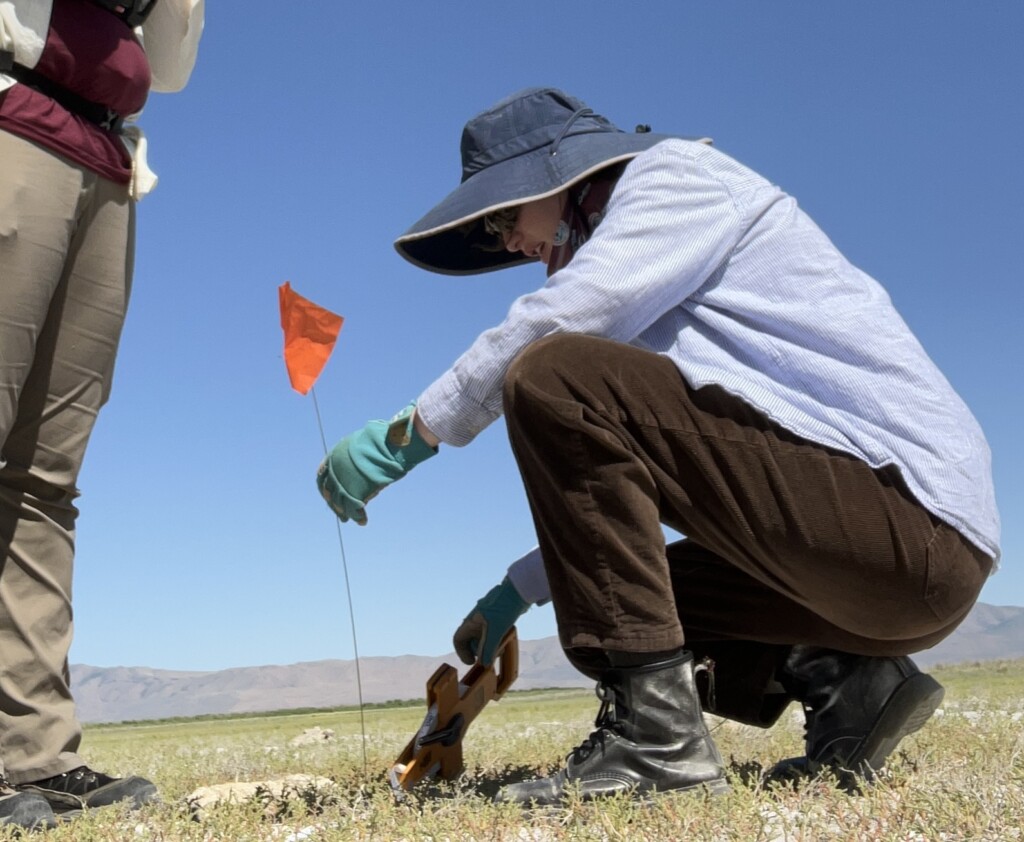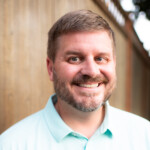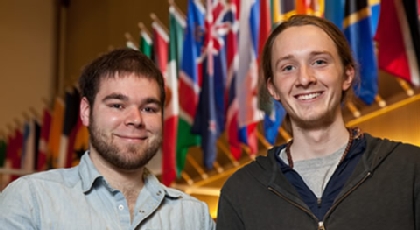Page 10 • (191 results in 0.025 seconds)
-

Fiona Ashton-Knochel ’24 is spending her summer on a bird refuge in Brigham City, Utah. The Environmental Studies major sat down with us to discuss her exciting internship and to offer suggestions for anyone looking to land their own internship working in conservation. Why did…
the summer, so I searched for opportunities to work out there–I found this internship online! I looked specifically for paid summer internships involving environmental science and conservation. What was the application process like for this internship? Besides a thorough brushing-up on my knowledge of ecology and land management, the baseline application process involved an interview with people from the American Conservation Experience company and U.S. Fish and Wildlife. Then, a resume and cover
-

Fiona Ashton-Knochel ’24 is spending her summer on a bird refuge in Brigham City, Utah. The Environmental Studies major sat down with us to discuss her exciting internship and to offer suggestions for anyone looking to land their own internship working in conservation. Why did…
Migratory Bird Refuge in Utah—how did you secure that internship? I wanted to be in my home state (Utah) for the summer, so I searched for opportunities to work out there–I found this internship online! I looked specifically for paid summer internships involving environmental science and conservation. What was the application process like for this internship? Besides a thorough brushing-up on my knowledge of ecology and land management, the baseline application process involved an interview with people
-

Fiona Ashton-Knochel ’24 is spending her summer on a bird refuge in Brigham City, Utah. The Environmental Studies major sat down with us to discuss her exciting internship and to offer suggestions for anyone looking to land their own internship working in conservation. Why did…
Migratory Bird Refuge in Utah—how did you secure that internship? I wanted to be in my home state (Utah) for the summer, so I searched for opportunities to work out there–I found this internship online! I looked specifically for paid summer internships involving environmental science and conservation. What was the application process like for this internship? Besides a thorough brushing-up on my knowledge of ecology and land management, the baseline application process involved an interview with people
-
Welcome to the Experiential Learning and Opportunities page. On this page you will find information on our Experiential Learning requirement as well as updated information on internships, job
documents, photos and contact information for later reference. You deserve to be paid for your workIf you find an exciting unpaid internship, you don’t have to turn it down! PLU has opportunities for supplemental internship funding. Find out more here.Where do I begin?Below you will find a list of local and national organizations. We also recommend that you contact Alumni and Student Relations. CATEGORYORGANIZATIONAPPLY Agriculture: Harvest Pierce County Hilltop Urban Gardens Conservation and Ecology
-

Professor of Interdisciplinary Studies | College of Liberal Studies | dowland@plu.edu | 253-535-8125 | Seth Dowland teaches courses in PLU’s International Honors, First-Year Experience, Religion, and Gender, Sexuality, and Race Studies programs.
Pennsylvania Press 2015) : View Book Interdisciplinary Perspectives on the Authority of Scripture Chapters 4, pgs. 71-90 (Pickwick Publications 2011) : View Book Diversity and Dominion: Dialogues in Ecology, Ethics, and Theology Chapters 14, pgs. 157-165 (Wipf & Stock 2010) : View Book Southern Masculinity: Perspectives on Manhood in the New South Chapters 13, pgs. 246-268 (University of Georgia Press 2009) : View Book Biography Seth Dowland teaches courses in PLU’s International Honors, First-Year
Area of Emphasis/Expertise -
The STEM House is a community of students who are interested in engaging in conversations and activities about Science, Technology, Engineering, and/or Mathematics.
Students in STEM House Love: Biology Chemistry Technology Computer Science Mathematics Engineering Ecology Nursing Geology Astronomy Software Development Coding Past Programs STEM House brought students together to competitively play ping pong with one another. The tournament took place throughout the entire building so that students could visit all floors! Casino Night was one of STEM’s Fall Events held to bring students together to create relationships and connections. Students played a variety of
-
The WAVE Fellows program provides support for undergraduate students, who are underrepresented in STEM and intend on pursuing a Ph.D., to conduct a 10-week summer research project under the mentorship of Caltech faculty. Research opportunities in biology, neuroscience, chemistry, chemical engineering, engineering and applied science,…
science, sunlight to everything, water resources, and ecology and biosphere engineering) Read Previous US Dept of Energy Summer 2022 Virtual Internship Fair Read Next Cancer Research Opportunity Summer 2022 LATEST POSTS Dept of Energy Computational Science Graduate Fellowship October 30, 2024 Allen Institute Summer Internship Program October 29, 2024 Summer Research – Army HBCU-MI SPARK October 29, 2024 IMOD Summer Research Opportunity for Undergrads October 17, 2024
-

More than a century after PLU was founded by Norwegian immigrants, the university maintains its connection to the founders’ homeland through study away programs.
, Jackie Stenberg ’19 stood on the hilltop grounds of a picturesque, centuries-old stone church, taking in a much slower side of Norway. Growing up, Stenberg says Glacier National Park in Montana was her backyard. So, it was fitting that she decided to study alpine ecology in the rural part of a country with ties to her family history. “It’s cool getting the heritage and the nature,” Stenberg said. Stenberg and Kristi Floyd ’19 couldn’t stop gushing about the sweeping views of rolling hills and the
-
The mission of the Division of Student Life is “to promote the holistic development of students and steward a dynamic campus community.
& Resources Student Life Council, comprising senior leaders from each of these departments, provides guidance for the division related to strategic planning, continuous improvement, and support for student and staff/faculty thriving through stewardship of PLU’s wellbeing ecology. Our Commitment The people of Student Life are knowledgeable, friendly and ready to serve. We care about your opinions, your values, your perspective, your voice and your interactions with others. We help you live as active and
Student Life Office253-535-7137Anderson University Center Room 161 Tacoma, WA 98447 -

PLU Fulbright recipients ready to engage the world By Chris Albert This year, four PLU students – Allison Meyer, Matthew Anderson, Matthew Palmquist and Reed Ojala-Barbour – received prestigious U.S. Fulbright Student Fellowships. That makes 87 PLU student Fulbright recipients since 1975. Matthew Anderson, Reed…
national park to understand more about how people and land use practices impact the ecology of small mammals. “It is a great opportunity to do research and get to know another culture,” Ojala-Barbour said of why he applied for a Fulbright Fellowship. The Northfield, Minn. native graduates this spring with a degree in environmental studies and Hispanic studies. He’s not sure how the experience will shape him or what he’ll do once his fellowship is complete. It may lead him to graduate school to study
Do you have any feedback for us? If so, feel free to use our Feedback Form.


